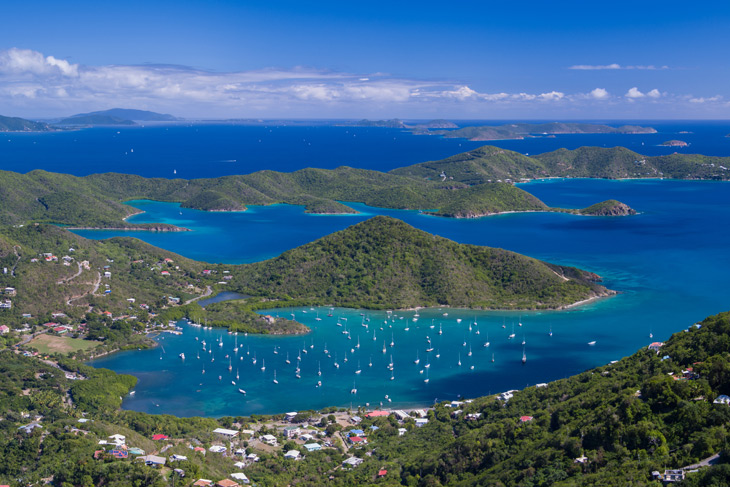
In 2019, when then-President Trump announced his plan to buy Danish Greenland, the government even made a statement that the government was having a detailed plan. Is it possible to buy an island from another country? However, the United States purchased the three Virgin Islands from Denmark in 1917. It was the end of a negotiation that took 50 years.
The Virgin Islands are part of the West Indies, which includes 7,000 islands. Christopher Columbus, who discovered the West Indies, arrived at St. Croix, St. John, and St. Thomas in the Virgin Islands and captured six local tribes. Denmark took ownership of these three islands in the 18th century, colonized them, established rum and sugar plantations, and forced African slaves to work.
In July 1848, on the island of St. Croix, hundreds of slaves revolted to gain freedom. The three islands eventually abolished slavery, but as a result, the Virgin Islands are expensive to operate and a headache for Denmark.
This is where the United States appeared. In the second half of the 19th century, the United States paid attention to the acquisition of the Virgin Islands for two reasons. The first reason is economic interest. The other is the national defense issue. At the time, there were concerns that Germany was intensifying interest in Latin America, and the United States wanted to avoid the Virgin Islands from being ruled by Germany out of concerns about homeland defense.
The US entered into negotiations with Denmark in 1865 after the Civil War ended. US Secretary of State Henry Ho said he had agreed to buy three islands from Denmark, but the US Senate rejected it. It is said that the background was a backlash from the Senate against the shortcomings of land expansion that occurred after the Civil War and for expressing support for President Andrew Johnson, who is currently on an impeachment trial.
Negotiations between the United States and Denmark resumed in 1890, but were again interrupted by the American War that began in 1898. In 1902, US Secretary of State John Hay negotiated, but this time the Danish Parliament rejected it. It is said that the Danish parliament halted negotiations because blacks in the Virgin Islands, who make up the majority of the island, were concerned that black discrimination would be incorporated into the United States.
[googlemaps https://www.google.com/maps/embed?pb=!1m18!1m12!1m3!1d971031.6695572465!2d-65.30051475895839!3d18.0672739745263!2m3!1f0!2f0!3f0!3m2!1i1024!2i768!4f13.1!3m3!1m2!1s0x8c051065f2daacb9%3A0xf91d891d1bc51c05!2z66-46rWt66C5IOuyhOynhOyVhOydvOuenOuTnA!5e0!3m2!1sko!2skr!4v1566708440232!5m2!1sko!2skr&w=600&h=450]However, in 1915, as fears arose that Germany was annexing Denmark itself, Secretary of State Robert Lansing negotiated intimidatingly that if the three islands were not sold, the United States would take them before they were taken to Germany. On January 16, 1917, President Woodrow Wilson signed the treaty, and on March 31, 1917, Denmark sold St. Croix, St. John, and St. Thomas to the United States for $25 million. More than 50 years have passed since 1865 before this agreement was reached.
St. Croix, St. John, and St. Thomas are now known as the Virgin Islands of the United States. More than 100,000 people live on all three islands. The U.S. Virgin Islands grants U.S. citizenship and freedom of travel to the U.S. mainland. However, even now, residents of the US Virgin Islands cannot vote because they do not have the right to vote for president or members of Congress. Related information can be found here.

